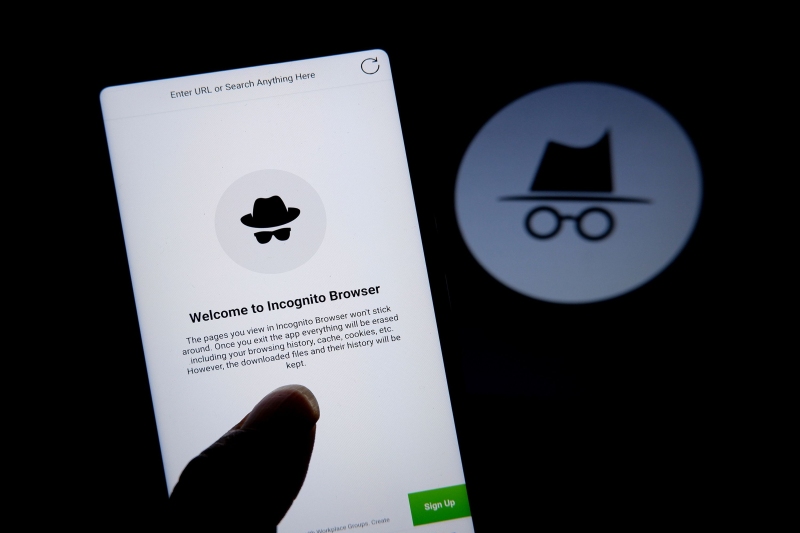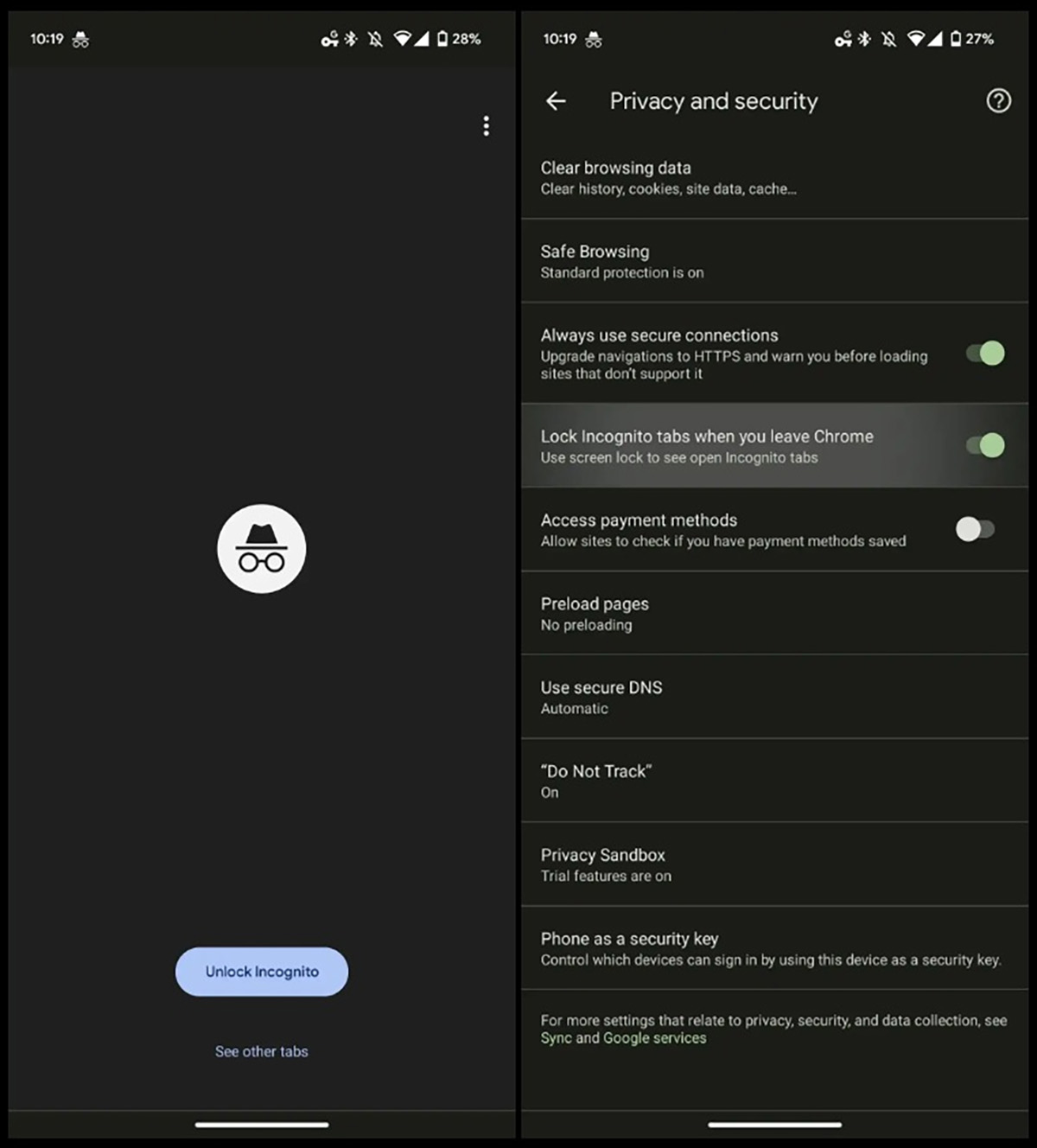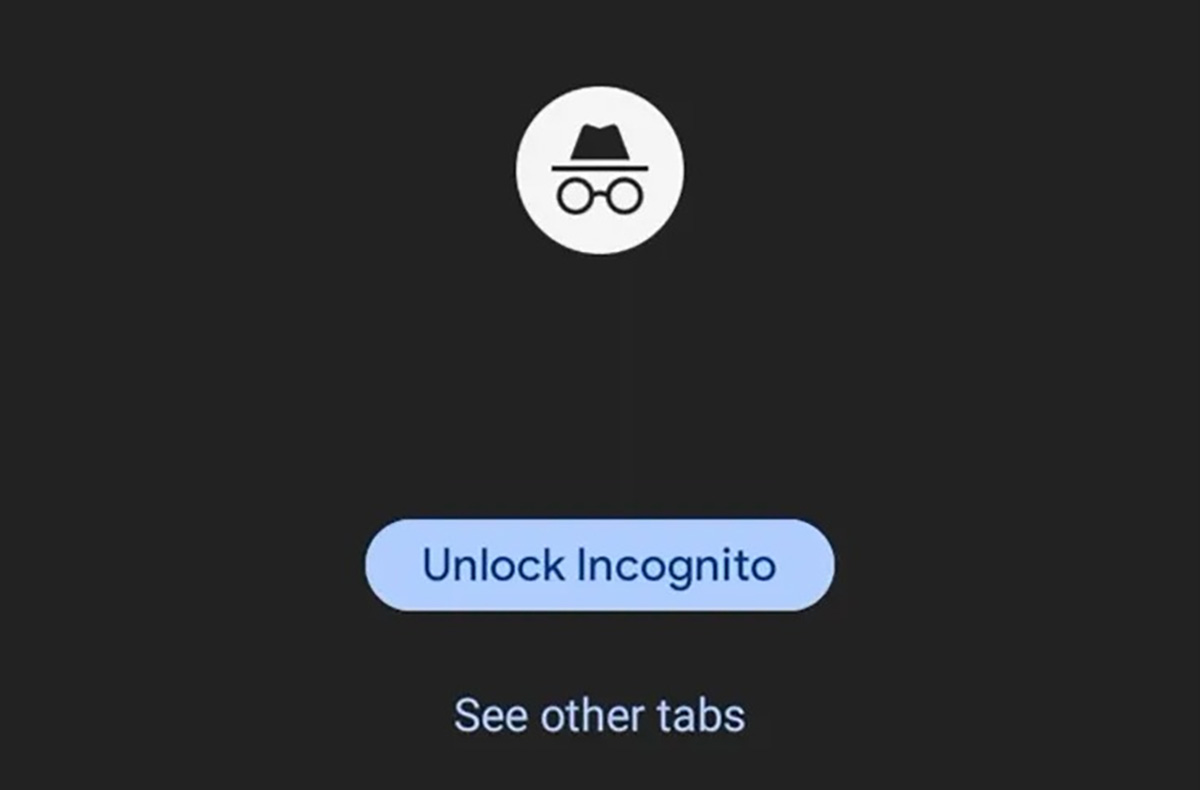Google has announced via its latest blog post that it is expanding the Lock Incognito feature for its mobile Chrome web browser to more Android devices. Prior to this, this added ability was first rolled out on the iOS version of the app in 2021, and then only offered to a small number of users on the company’s own mobile operating platform a year later via a beta.
For the uninitiated, Lock Incognito adds an extra layer of security whenever you’re browsing through Chrome’s privacy-centric Incognito Mode. While you’re able to browse tabs as per usual, switching to another app or turning your screen off will have the web browser automatically hide them behind a built-in lock screen for your convenience. Of course, the whole point of this feature is to prevent another person from opening the app to find out what sites or pages you were looking at while in Incognito.

The only way to continue from where you left off is by having Chrome verify your identity via your phone’s onboard biometric authentication features, namely the face or fingerprint scanning functions. Unlike traditional passwords or pin-number approaches, these signatures (especially fingerprints) are unique to the user, which are hard to be exploited by other individuals. However, keep in mind that this feature is only applicable to Incognito Mode, so intruders are still able to see what sites you are browsing in Chrome’s regular tabs.
To enable the feature, access the three-dot menu on the top right corner of the Chrome mobile browser, then head over to Settings, and then to Privacy and Security. Under that tab, simply activate the “Lock Incognito tabs when you leave Chrome” toggle to complete the process.

As mentioned earlier, Google notes that Lock Incognito is currently being rolled out to more Android devices, so there’s a chance that it might not be available for certain phones or brands just yet. Nevertheless, be sure to update Chrome to the latest version in the coming days or weeks in order to utilise the new feature when it eventually arrives.
(Source: Google [official blog])
Follow us on Instagram, Facebook, Twitter or Telegram for more updates and breaking news.



